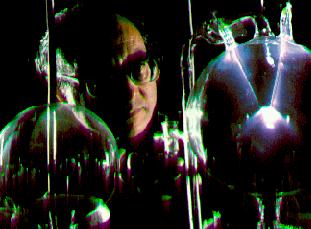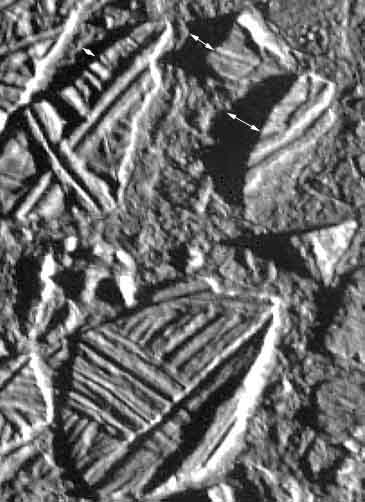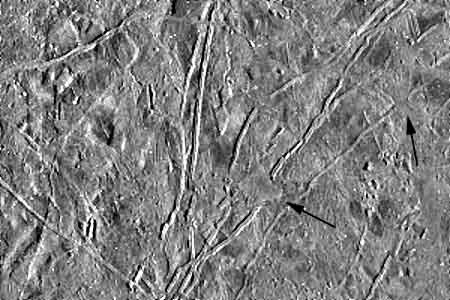Life on Earth is found everywhere: covering all parts of the surface, high in the atmosphere, many meters underground, and at the bottom of the deepest ocean. Clearly life can survive in a very broad range of conditions (see Extreme Environments, below), and when thinking about life elsewhere in the solar system we should keep in mind that our everyday experience with life covers only a small part of this overall range of conditions. However, it is one thing, for a planet with abundant life, to have that life occupy extreme environments, and quite another to have life begin in an extreme environment.How the Earth Environment Protects LifeChiral Asymmetry--Many molecules required for life can appear with either right-hand or left-hand chirality (they are mirror images of each other). However, in nature, only one version of these two possibilities occurs. For amino acids, it is the left-handed (or sinister) chirality. This has been taken as evidence that all life has descended from a common "ancestor" that may have been "pre-biotic." For example, the earliest complex molecules that could reproduce but nevertheless not be alive may have been RNA molecules. One conclusion from this may be that life is extremely unlikely to arise, so that it only happened a total of once on Earth.
We do not know how life began on Earth, but we do know that it appeared relatively early in Earth's history (within perhaps the first 500 million years). However, it took many billion years to go beyond single-celled organisms. We also know that objects can travel around the solar system--witness the Mars meteorites that we find in Antarctica. Perhaps life could evolve in one place in the solar system and travel in this way to other parts of the solar system (or even from one star to another).
If we can discover life on another planet--even the most primitive life--it would be a wildly important finding. If that life is based on RNA, and if it is of left-hand chirality like Earth life, then what will this mean? If is based on an entirely new principle of life, what sort of principles could work? If we find environments that appear to be conducive to life, yet are completely devoid of life--what will this mean? There are many exciting questions to ask about life in the solar system, but the only way to find out is to go look.
To hear some fascinating seminars on the issues, see RPI's New York Center for Studies on the Origins of Life.
- Magnetosphere -- protects against the life-destroying high-energy charged particles from the Sun
- Atmosphere -- protects against life-destroying UV radiation from the Sun (ozone), and moderates the temperature of Earth's surface. Protects against bombardment of micrometeoroids.
- Oceans -- like the atmosphere, provides protection against life-destroying radiation and moderates the temperature. Also provides a medium for transport of nutrients to an organism and transport of waste products away.
- Volcanism -- provides a source of energy and chemical nutrients for life.
- Plate Tectonics -- provides complex, changing habitats such as inland seas, ocean-continent boundaries, and river drainage systems that help to diversify life.
- Atmosphere -- lightning storms in the atmosphere provide a source of energy for complex chemical processes.
 |
In the 1950's, Stanley Miller performed experiments passing electrical discharges through an atmosphere of gases such as might have been present on early Earth, and created amino acids that are building blocks for life. For example, glycine was built up from simple compounds, formaldehyde and hydrogen cyanide, that were formed in the flask and subsequently underwent a series of reactions. The experiment showed that the building blocks of life are not difficult to produce under circumstances that were certainly met in early Earth. |
- Life near ocean hydrothermal vents -- a model for Europa?
- Life near cold methane ocean environments -- another model for Europa or Titan?
- Microbes in Earth's interior -- a model for Mars?
- Microbes that live in temperatures 20 degrees above the boiling point, or in high-salinity environments, or in sulfuric acid...
- Mars is our best hope for
finding evidence at least for past life, if not present life. Some
reasons:
- Evidence for slush or liquid ocean beneath thin crust


- "Tectonics" and volcanism
- Tidal heating
- Hot spots
Elsewhere?